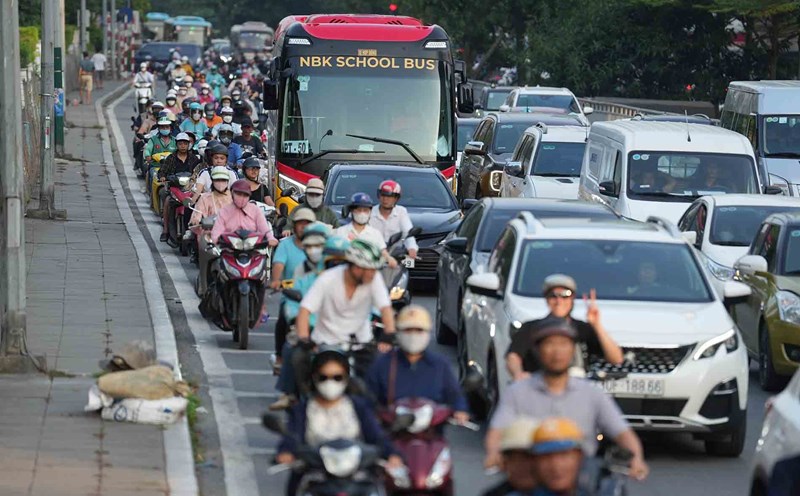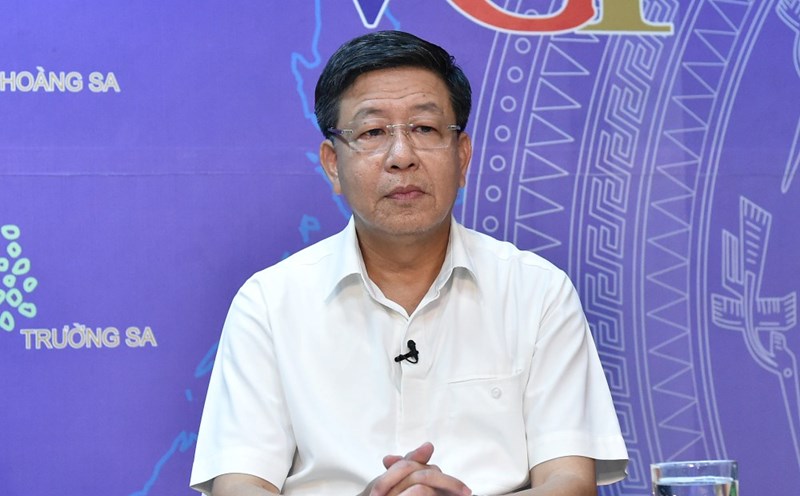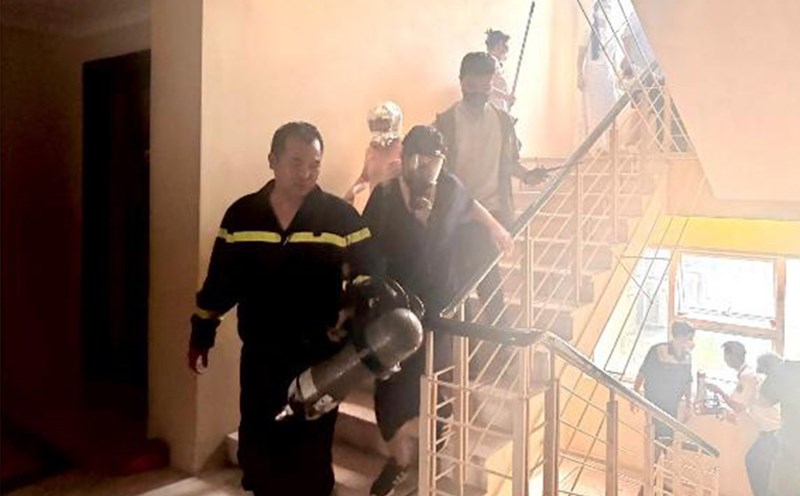However, with nearly 7 million motorbikes in circulation, most of which use gasoline, this is still one of the reasons for the decline in urban air quality.
At the seminar "Converting gasoline vehicles to electric vehicles: So that no one is left behind" on July 21, Mr. Phan Truong Thanh - Head of the Investment Finance Department (Hanoi Department of Construction) said that the whole city currently has about 6.9 million motorbikes, of which 95% are gasoline vehicles. This is a major challenge in the emission reduction strategy.
A report by Hanoi City once determined that pollution from vehicles accounts for more than 60% of the total air pollution. However, according to statistics from the Ministry of Natural Resources and Environment, vehicle emissions only account for about 15%, dust from traffic activities is 23%, construction dust is about 17-18% and straw burning, tires accounts for 15-16%.
In the Ring Road 1 area - the core area of the capital, there are currently about 450,000 motorbikes serving 600,000 permanent residents, not to mention a large number of vehicles from the suburbs and neighboring provinces. According to the representative of the Department of Environment, emissions from vehicles combined with unfavorable weather conditions are the cause of pollution levels in Hanoi far exceeding Ho Chi Minh City, especially from 9:00 to 12:00, instead of early in the morning as before.
Speaking to Lao Dong Newspaper, Dr. Nguyen Ngoc Huy - an environmental research expert - commented that air pollution in Hanoi changes with seasons, weather and terrain characteristics: "The inner city area is like a valley, if there are no convective winds and convective winds, emissions will accumulate. It is mandatory to reduce emissions such as from recycling, construction, means of transportation, garbage burning and agricultural by-products.
Associate Professor, Dr. Hoang Anh Le (Hanoi National University) added that motorbikes are the cause of more serious pollution than cars, due to consuming large amounts of energy and emitting directly through exhaust pipes without any treatment system. This is a major loophole in current emission control policies.
Currently, cars have had their emissions controlled since 2006. Meanwhile, more than 70 million motorbikes nationwide - mostly used vehicles - are still outside the periodic emission inspection process, putting great pressure on the urban environment. Experts say that switching to electric motorbikes is an inevitable trend, but there needs to be a comprehensive roadmap and solution instead of just "doing it".
The ultimate goal is to significantly reduce emissions, improve air quality in Hanoi and protect the living environment of people. However, converting gasoline vehicles to electric vehicles is not a simple problem because it will have a big impact on life, especially for low-income workers - the group that mainly uses gasoline motorbikes to make a living.
A representative of the Emission Testing Center - Vietnam Register, said that, in addition to challenges in charging station infrastructure and limited power supply, another worrying issue is the treatment of waste from battery after use. This requires modern technology, clear regulations and inter-sectoral coordination in supervision and management.
Experts recommend that the government needs to build a synchronous policy, combining financial support, upgrading infrastructure and communication effectively to ensure the transition takes place sustainably, fairly and without creating more burdens for the people.











